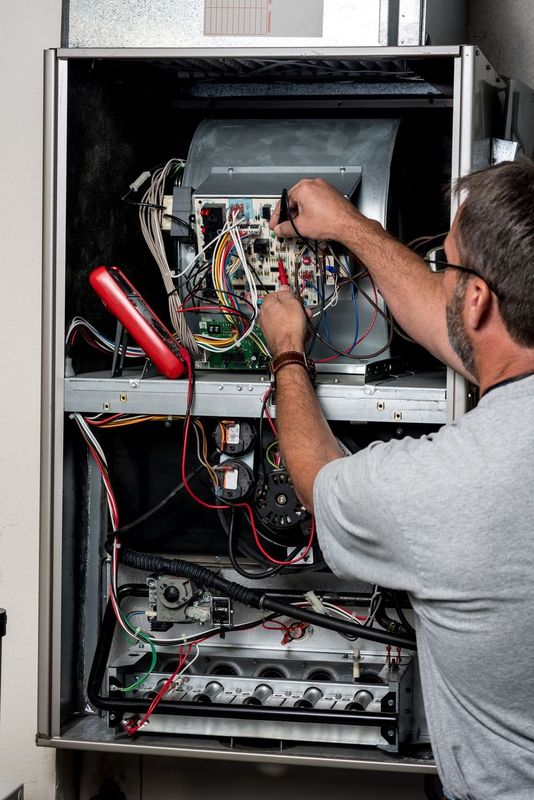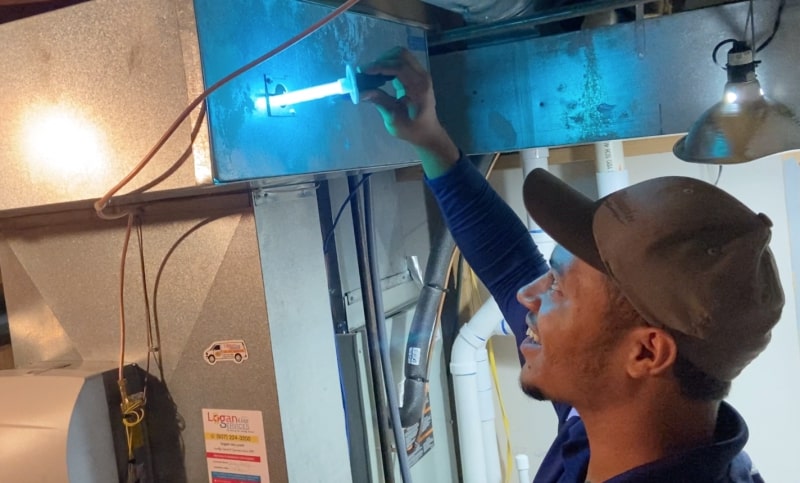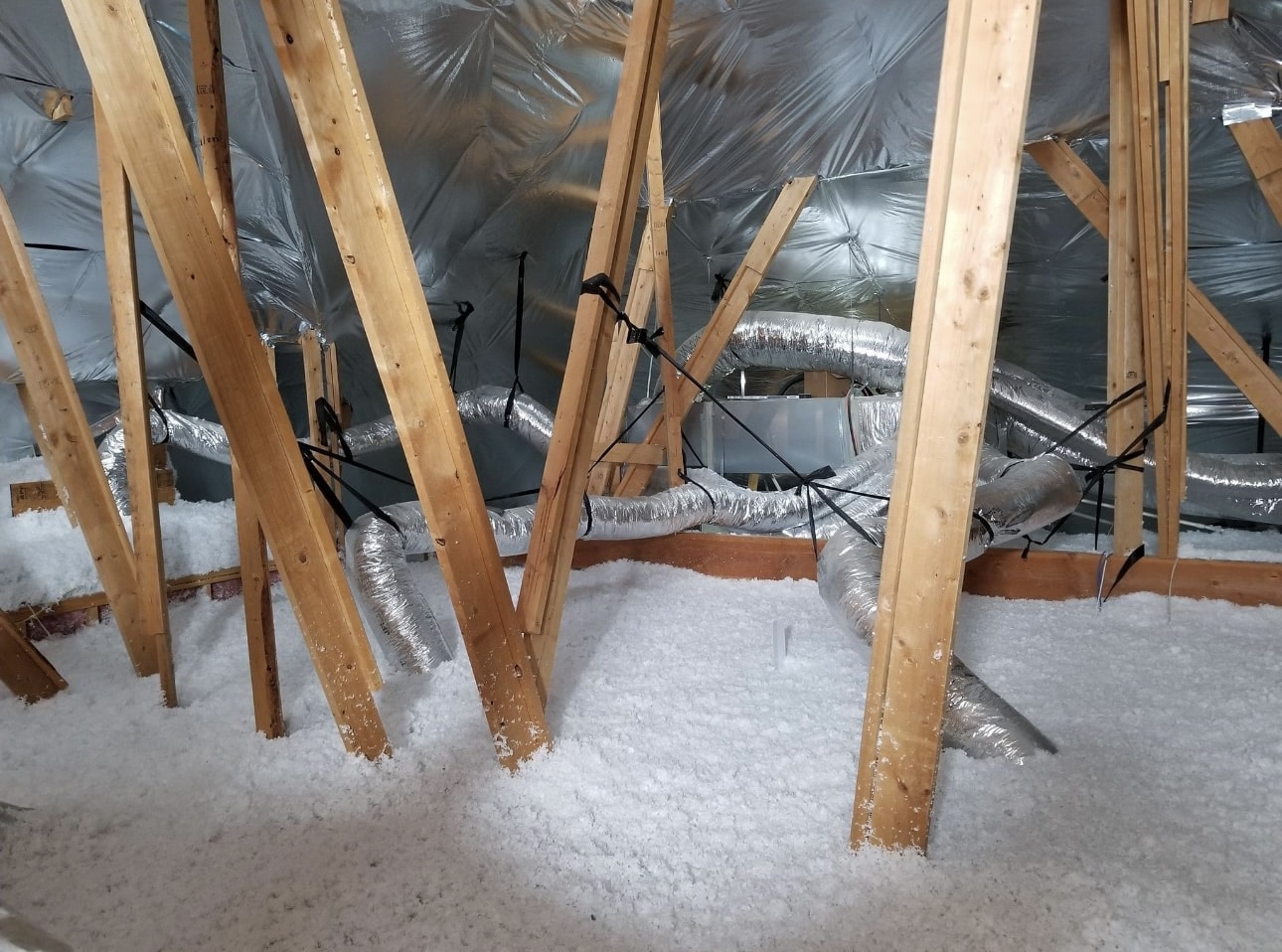The Buzz on Green Attics
Getting The Green Attics To Work
Table of ContentsNot known Incorrect Statements About Green Attics The Green Attics IdeasOur Green Attics PDFsThe Buzz on Green AtticsGreen Attics - TruthsThe 45-Second Trick For Green AtticsGetting My Green Attics To Work
Structure codes call for that air spaces between smokeshafts and floor or ceiling assemblies via which they pass be sealed with a non-combustible fire stop (see Figure 5-3 and Figure 5-4). There is usually a void in between the event wall surface (such as the common wall between systems in duplexes, triplexes and row residences) and the side of the attic flooring.
A heavy polyethylene sheet which is caulked with acoustical sealer and stapled to the ceiling encases the electrical box. An electric cable diverts from the electrical box and down with a hole into an indoor wall surface. Holes around electrical cords are filled with caulking or foam sealant, and caulking seals voids along the top of the indoor walls.
Attic air flow offers a variety of objectives. Home energy efficiency. It lowers summer warmth buildup, lengthening the life of roof and reduces air conditioner lots. After air sealing, attic room ventilation is your 2nd line of defence versus the water vapour that might have discovered its means into the attic room. It ensures a colder, well-vented attic room area much less prone to the formation of ice dams at the eaves.
The Main Principles Of Green Attics
You may need to find roofing system or soffit vents from outdoors if they are not plainly visible from inside the attic. Homes with peaked roof coverings and obtainable attic rooms are the most convenient to vent by utilizing the proportion of 1 to 300. This ratio describes unobstructed vent location to the insulated ceiling area.

The adhering to Components information the finest strategy depending on your attic room type. After you have examined the attic and carried out any type of remedial work, emphasis first on air and moisture control.
Not known Facts About Green Attics
On the other hand, spray foam supplies air securing and a preliminary layer of premium quality insulation that can be topped as much as the preferred RSI (R) level. If the attic retrofit is being completed in conjunction with indoor renovations, the easiest approach is to set up a brand-new, solitary air and vapour barrier on the underside of the ceiling joists.
Spray foam or inflexible board insulation can assist connect the gap in this area. Cut rigid board to fit in between the ceiling joists and to extend from the outside wall leading plate towards the attic.
Remove existing insulation from the area you are working with and establish it away. Cut foam boards to fit snugly in between the trusses. Caulk all sides, voids and joints, see Numbers 5-10 and 5-13. Obstructions, such as electric cords, will require cuts in the obstacle; seal these thoroughly to make the obstacle continuous.
Spray foam contractors can set up closed-cell foam in between the joists to air seal and add insulation at the exact same time to the ceiling. All existing insulation and dirt should be eliminated initially to enable a good bond. A minimum of 50 mm (2 in.) is required; top up with various other insulation afterwards.
Green Attics Fundamentals Explained
(https://yoomark.com/content/green-attics-energy-efficiency-solutions-dfw)
This gets rid of roofing system airing vent and creates what is called a hot roofing, where the attic area enters into the conditioned (heated and cooled) home area. This process may be suitable for some attics, yet do not continue without approval from your structure examiner, and afterwards only utilize a qualified spray foam service provider that is familiar with the process.
If there are obstructions above the joists, such as with a truss roofing system, it may be easiest to place batt insulation right into the joist spaces and afterwards utilize loose-fill insulation to produce a complete covering of insulation above the joists and around all obstructions. Loose-fill insulation is also great on its own, particularly in irregular or blocked rooms.

Green Attics for Dummies
Use navigate to these guys baffles between each rafter area to avoid it from being blocked (see Figure 5-11). Insulate above and listed below cross bracing, splitting or reducing the batt to suit the cross supporting as highlighted in Number 5-12. Alternatively, reduced one batt right into a collection of wedges and after that fit a wedge under each brace.
The first layer of batts must be thick sufficient to completely load to the top of the joist space. The 2nd layer can then run perpendicular across the joists to block any type of heat flow through and around the joists (see Number 5-13). HVAC repair. Guarantee that there are no gaps in between the 2 layers of insulation
Apply covering insulation in the exact same way as batts. It might be pre-cut with a blade or cut instantly. Begin at one end of the attic room and unfold the covering. Figure 5-11 Baffles can be used to maintain air movement via the soffit vents Text version Exploded view of baffles in between attic room roof covering joists with arrowheads indicating air activity traveling from the outside, with an air vent in the ceiling overhang, and over the baffles.
Green Attics for Dummies
Figure 5-13 The top layer of insulation runs vertical to the lower layer Text version Illustration of layers of batts of insulation between and above attic room joists. Batts on top of joists are perpendicular to batts between joists. A polyethylene sheet is laid under both layers of insulation and affixed to the top of attic joists by caulking and staples.

If the loosened fill is deeper than the joists, construct insulation structure (a crib) around the attic room hatch so that it can be filled to the side (see Figure 4-7). The bags of insulation product will note the number of square metres (or square feet) each bag must cover to give the needed RSI worth.
The Buzz on Green Attics
If you are having a service provider do the job, compute the RSI value that you want and inspect the bags of insulation to be used. They should indicate the location that one bag will certainly cover at the chosen protecting worth. You and the professional should after that concur on the total number of bags to be used, the expected shielding value and the minimum settled depth of insulation throughout the attic, based upon a specific thickness.